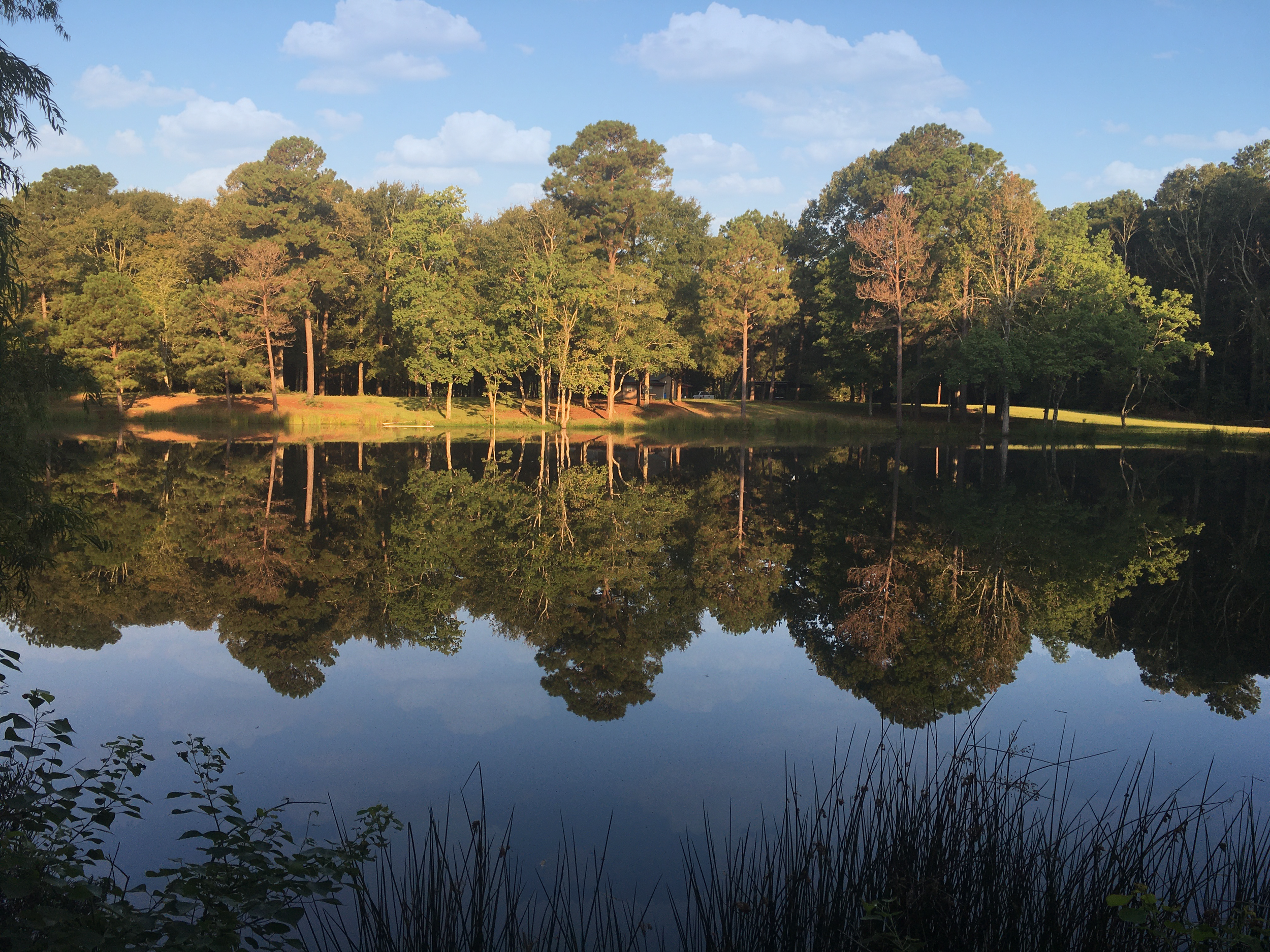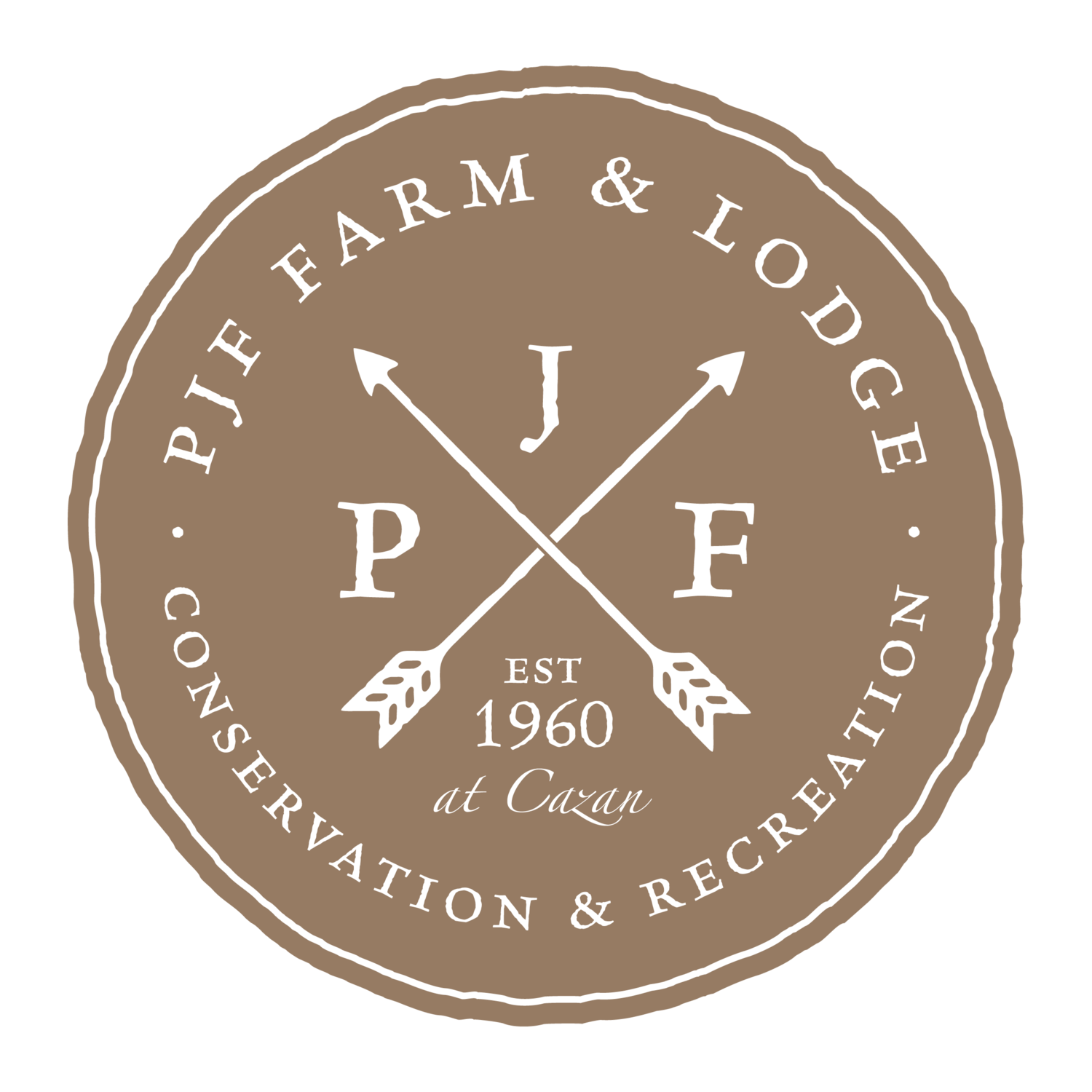
welcome to pjf farm
In 1960, Percy J. Fontenot began purchasing small parcels of land from Frank “Cazan” Fontenot who was then the sheriff of Evangeline Parish and owner of the site. With the support of his wife Elsie, Percy continued to purchase parcels over the next decade. He gradually transformed the 3,500-acre site into hunting leases, a fishing club, and an agricultural farm, known to all the locals as “Cazan Lake.”
Today, this ecological wonderland is still owned and operated by Mr. Percy’s descendants. They have rebranded the property as PJF Farm and Lodge (the Farm) to honor the work and vision of their beloved ancestor.
Our Legacy
Percy and Elsie Fontenot
One of the first things that visitors notice at the Farm is the series of distinct ridges that dive steeply eastward into the 1,550-acre agricultural portion of the property. Much of the remaining 2,000-acre forested area at the Farm ranges between 45 and 85 feet in elevation.
The agricultural portion sits at about 35 feet above sea level. This 50-foot difference in elevation between the ridgetops and the agricultural area is the result of a westward winding of the post-Ice Age Red River when it neatly sheared the edge of the older Prairie Terrace. This area now appears as a series of ridges and eroded slopes.
This resulted in a highly varied landscape that contains a diversity of distinct eco-regions and habitat types (also known as “plant communities”). Here at the Farm, three of the Gulf Coast’s major eco-regions come together, creating six distinct habitat types. Collectively, these plant communities host over 400 species of native and naturalized plants, along with at least 185 bird species, and many other animals, including mammals, reptiles/amphibians, fishes, dragonflies, butterflies, and more.
This ecological diversity has supported human settlement on the Prairie Terrace since the end of the Ice Age beginning approximately 10,500 years ago! Late Paleo-Indian and Early Archaic occupation of the Farm is revealed by the recovery of Dalton point types and other stone tools.
Settlement of the terrace continued through the Archaic Period and recovered artifacts reveal that it was intensively occupied during the Early and Middle Woodland Period (500-700BC). Native American habitation continued into the early 19th century and was followed by Euro-American settlement. Human habitation continues today. It is our hope that through proper management, humans, plants, and animals, along with the forests, grasslands, and waters that we live on will all thrive into the future!
